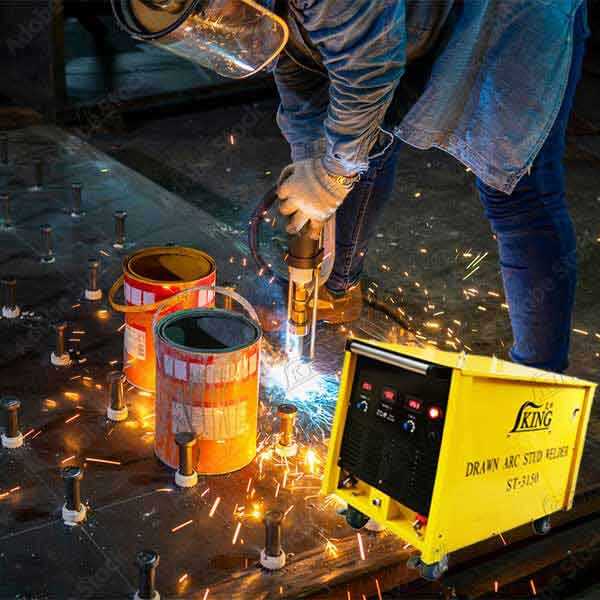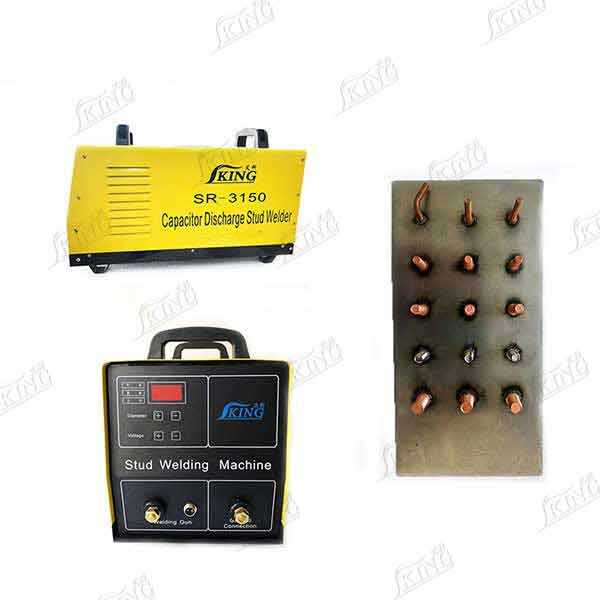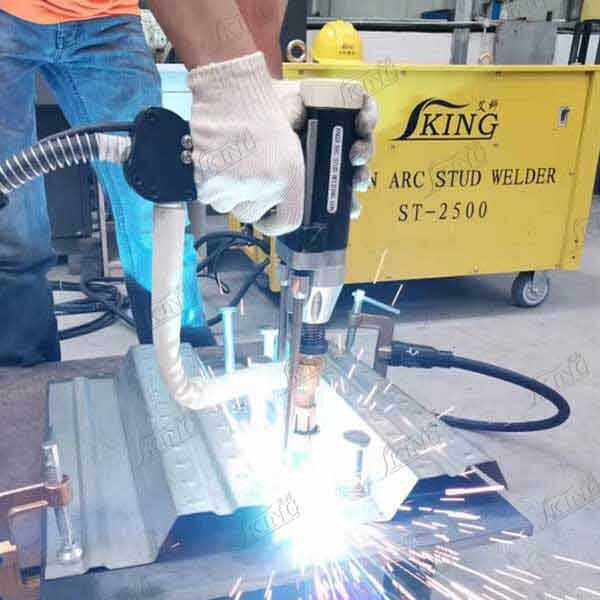stud welding
Stud welding is an advanced manufacturing process that enables the rapid and precise attachment of metal studs to base materials. This versatile technique employs an electric arc to create a high-strength metallurgical bond between a metal stud and a workpiece surface. The process begins when the stud is positioned against the base material, and a precisely controlled electric arc is generated, creating a molten pool. The stud is then automatically plunged into this pool, forming a complete fusion weld in milliseconds. This technology has revolutionized industrial fabrication by eliminating the need for drilling holes or using traditional fastening methods. The process is highly automated, ensuring consistent quality and remarkable speed, with typical weld times ranging from 1 to 1000 milliseconds. Stud welding can accommodate various materials, including steel, stainless steel, and aluminum, with stud diameters ranging from tiny 3mm fasteners to substantial 25mm anchors. The technology finds extensive application in industries such as construction, shipbuilding, automotive manufacturing, and electrical equipment assembly. Its precision and reliability make it particularly valuable for projects requiring high structural integrity and aesthetic finish.


